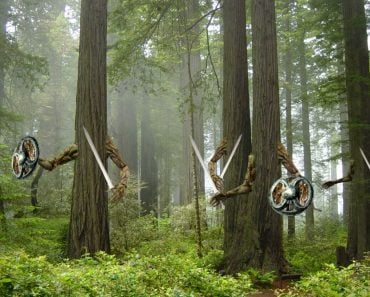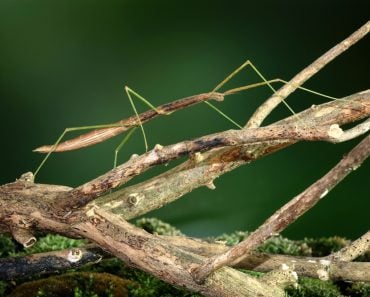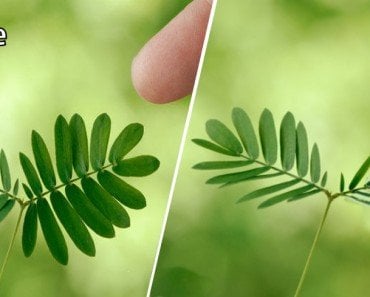Crown shyness is a phenomenon observed in the canopy of trees in a forest where the canopies of certain trees do not touch each other. Scientists think this is to avoid disease and injury, or to allow for photosynthetic efficiency.
It’s not wrong to say that trees have always been ahead of us in terms of social distancing. Even at such close proximity in a dense forest, the canopies of trees often do not touch each other. Nature is filled with ingenious solutions, and we are merely here to observe, admire, and attempt to understand.
Recommended Video for you:
What Is The Crown Of A Tree?
No, it isn’t a jewel-studded ornament of royalty, but rather the canopy of a tree.
As shown in the figure below, the tree above the ground is divided into the bole (or trunk) and the crown. The green foliage is defined as the crown of the tree and different species of trees have different widths and lengths of crowns.
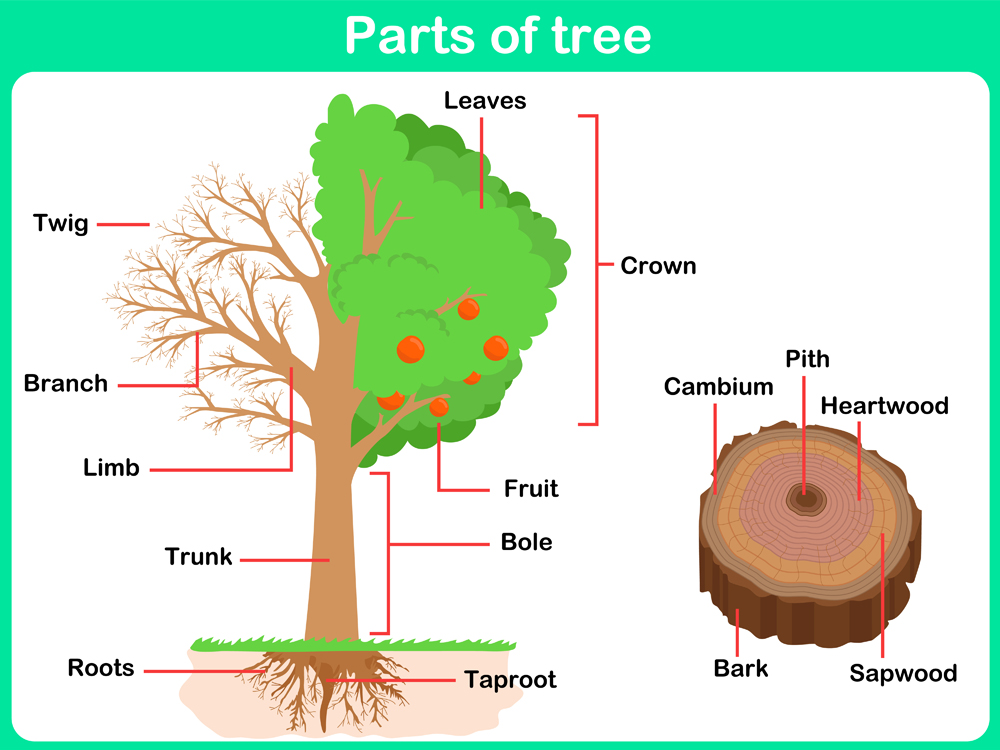
Crown shyness is a phenomenon wherein the crown or canopy of trees will avoid touching other crowns, creating thin gaps between them. Viewed from the ground, these gaps look like a web of rivers or a maze. Species like black mangrove, borneo camphor, eucalyptus species, shorea species, lodgepole pine, japanese larch, and various others display such crown shyness. Crown shyness is not limited to these species, and can also be observed in stands of trees of similar species that are generally of the same age (monospecific stands), or even different species of the same age group occurring in a tree stand.
The reason for this shyness is similar to our own reasons for social distancing—avoiding diseases and threats to keep oneself safe and healthy.
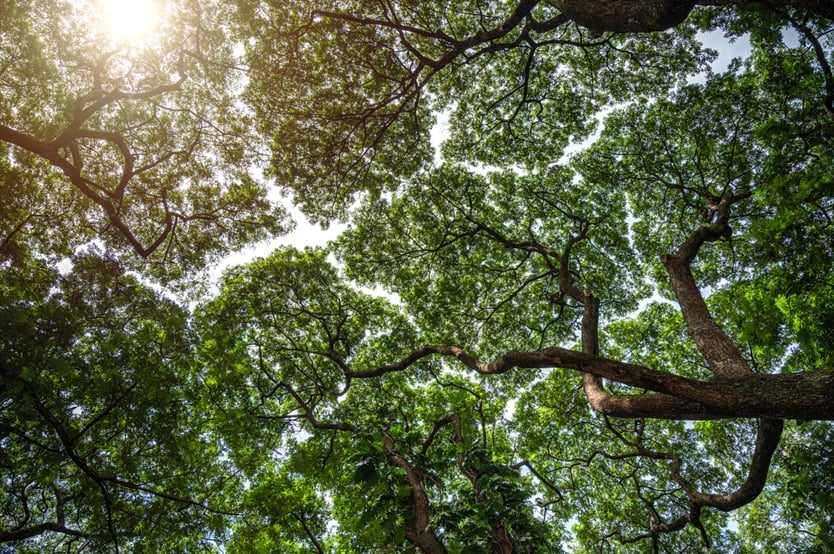
Injury: (Don’t) Hit Me Baby, One More Time
One popular hypothesis is that the trees grow like this to avoid abrasion due to strong winds. A storm or even a gentle breeze can jostle the branches, and the trees end up hitting each other. The hypothesis goes that trees evolved to maintain some distance between themselves to avoid hurting their neighbors.
It takes a lot of energy and resources, as well as many complex processes to generate parts of plants and trees. The tips of the trees, whether they are branches, leaves or even buds, are very delicate and tender; it can be hard to survive rough abrasions and contact against each other, so it makes sense that the plants adapted to keep some distance between their crowns.
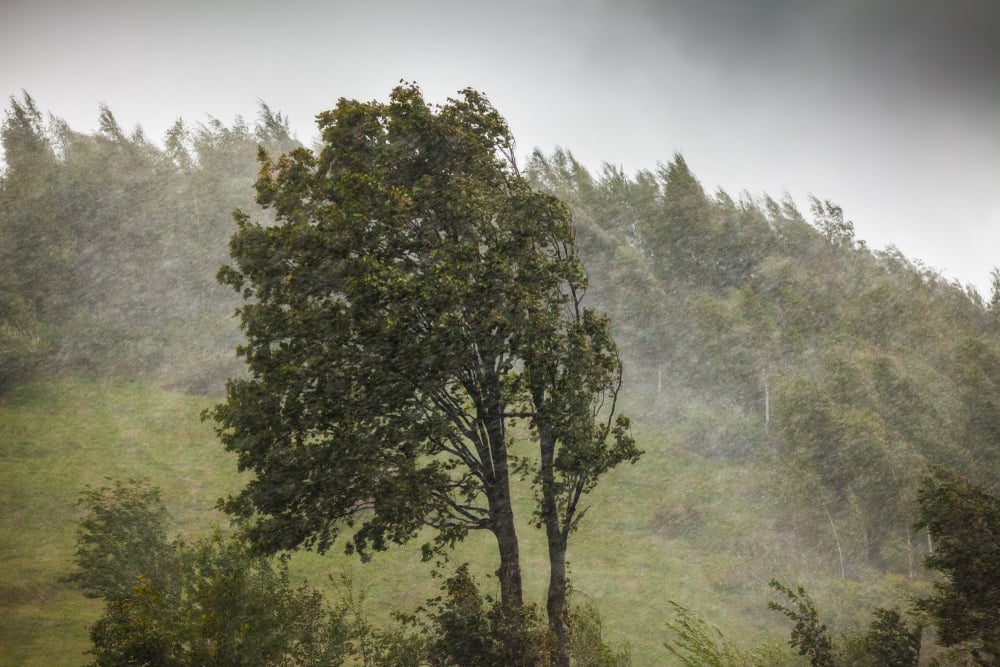
Disease: Do Not Pass On The Flu
Crown shyness is also helpful for trees to avoid infections, diseases, and illnesses that easily spread through contact. If the leaves don’t touch, parasites, tree borers, and pests can’t infect the neighboring trees. This phenomenon also hinders the movement of arboreal animals and destructive herbivores, all of which can damage the foliage.
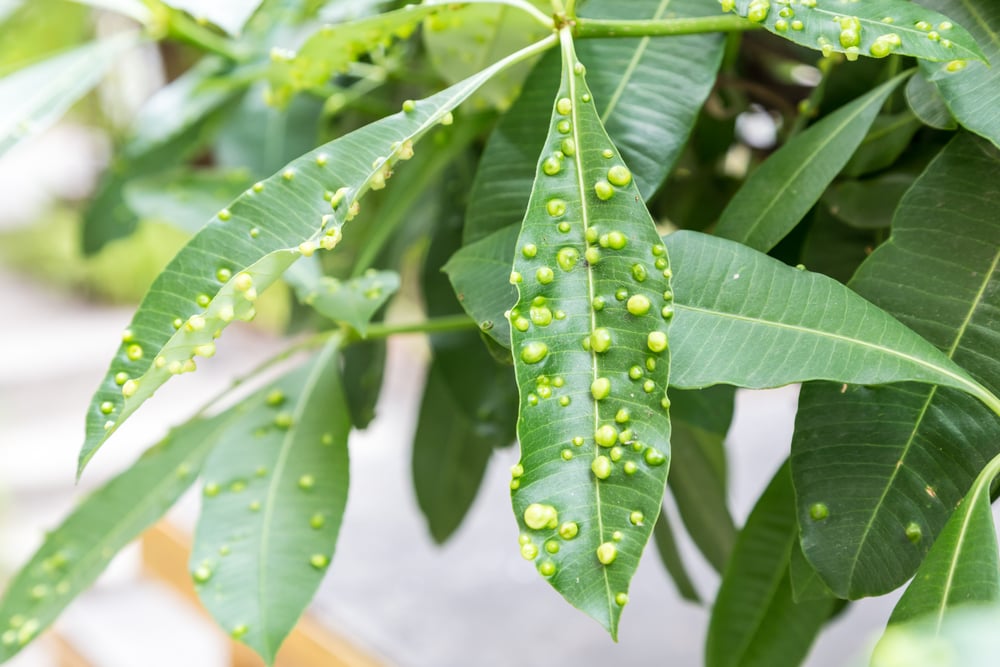 Diseases in trees (Photo Credit: Pj Aun/Shutterstock)
Diseases in trees (Photo Credit: Pj Aun/Shutterstock)
Photosynthesis: Lights Up!
Just as our smart devices optimize themselves for top-notch performance, so do trees! In order to maximize photosynthesis, plants optimize light exposure.
Photosynthesis requires light, and plants absorb light in blue and red wavelengths. This light is captured by photoreceptors called phytochromes, which are present in the leaves of the tree. When the canopy of the trees closes in too much, the light received by the phytochromes automatically drops. This sets off an ‘alarm,’ signaling the leaves of the trees to limit additional outward growth and avoid the canopy of neighboring trees.
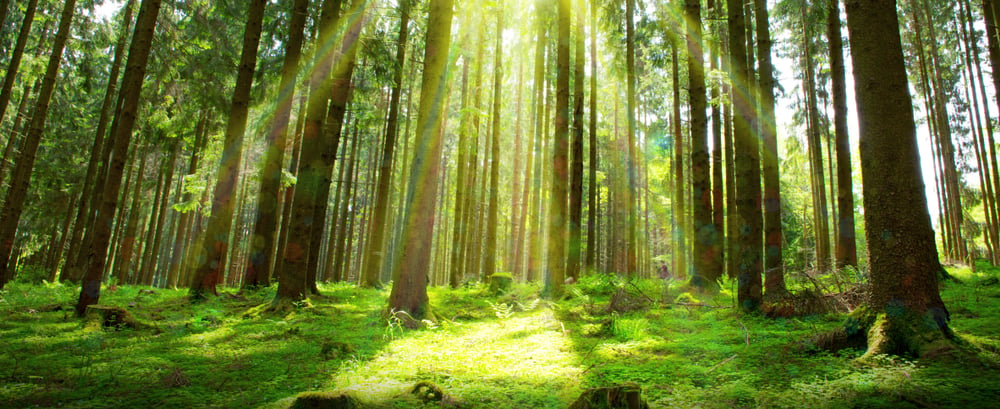
Caught In The Chemistry
Another possible reason for this behavior is allelopathy. Allelopathy is a phenomenon wherein plants produce chemical compounds in order to defend themselves or alter the growth and behavior of nearby plants.
According to theories put forward by scientists, trees that exhibit crown shyness must emit some secondary metabolites through their leaves, which then cause this occurrence. These chemicals can be released by the tree’s roots, leaves, branches, or any other part and then hamper the growth of another nearby tree. These chemicals can be volatile and non-volatile in nature, and affect trees of the same species or others.
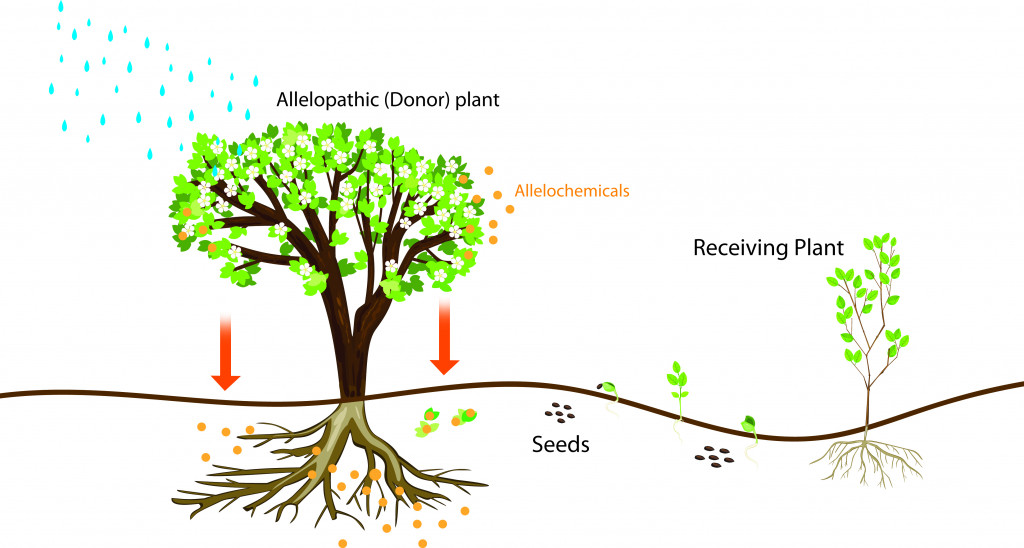
Allelopathy as a phenomenon is a well-researched sub-discipline of chemical ecology, but its connection with crown shyness is still hypothesized and debatable.
Conclusion
Since this topic has not been extensively studied, rigorous validation of the idea is still needed. However, the justification provided by the aforementioned arguments is sound and opens the door for further specific justification.
The above reasons, however, are very well justified. A positive correlation between wind and crown shyness has been stated, but this elusive shyness needs more of a stimulus than that. What do you have in mind? Could there be any other possible reason? Expand the canopy of your brain and see what you come up with!
References (click to expand)
- Rebertus, A. J. (1988, December). Crown Shyness in a Tropical Cloud Forest. Biotropica. JSTOR.
- crown shyness in various tree species - ijsdr. ijsdr.org
- Putz, F. E., Parker, G. G., & Archibald, R. M. (1984, July). Mechanical Abrasion and Intercrown Spacing. American Midland Naturalist. JSTOR.
- (1973) Plant Succession on Pago and Witori Volcanoes, New Britain. The University of Hawaiʻi System
- van der Zee, J., Lau, A., & Shenkin, A. (2021, March 13). Understanding crown shyness from a 3-D perspective. Annals of Botany. Oxford University Press (OUP).
- Markham, J., & Fernández Otárola, M. (2020, October 19). Wind creates crown shyness, asymmetry, and orientation in a tropical montane oak forest. Biotropica. Wiley.



